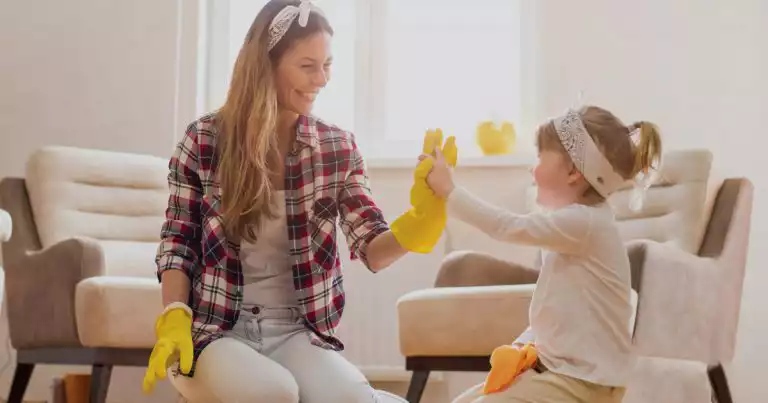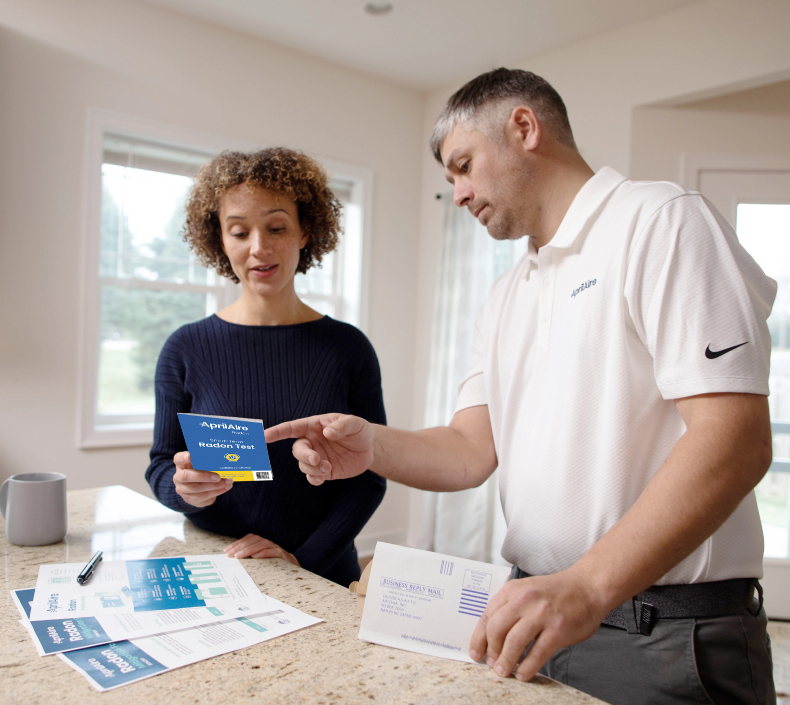How to Best Clean and Disinfect Your Home during COVID-19
2 minute read
Cleanliness has become top of mind for many of us during the coronavirus pandemic, but how often and what you should use to clean and disinfect your home depends on your household. The primary way the coronavirus spreads is through respiratory droplets from an infected person which often land on surfaces, but droplets can live on those surfaces for several hours.
Where To Clean and Disinfect Your Home During COVID
It’s important to clean and disinfect high-traffic areas in your home as much as needed. These high-traffic areas include kitchen counters, doorknobs, bathrooms, TV remotes, light switches, and refrigerator handles.
The rate at which you need to clean and disinfect your home is dependent on how often you and your household members leave your house. You definitely want to clean and disinfect daily if you or another household member is leaving every day for work, the grocery store, or another area with lots of people. It’s important to remember that even if you or another household member has not interacted with someone who appears to be sick, they can be asymptomatic and still be infected with the coronavirus.
What Products Should I Use to Clean and Disinfect During COVID
The Environmental Protection Agency has a list of the best cleaning products to use to disinfect your home.
The New York Times listed out best practices to disinfect your home including washing your gloves and then your bare hands after you’ve finished disinfecting.
If someone in your family is sick, follow these cleaning guidelines from the Centers for Disease Control and Prevention.
Remember to avoid sharing kitchen utensils – be sure to clean plates, glasses, and cutlery thoroughly after they’ve been used. Additionally, you should avoid licking a utensil and then placing it in a commonly used jar like peanut butter, or drinking directly from a carton of milk or juice.
Do I Need to Clean and Disinfect Produce?
The CDC does not recommend disinfecting your fruits and vegetables but instead suggests using soap and water especially if you’ll be ingesting the skin and not cooking it.
Are There Any Whole-House Solutions to Clean and Disinfect Your Home?
While these disinfectants will create cleaner surfaces, many chemical cleaners emit volatile organic compounds. These VOCs are harmful to the air inside your home. The best way to combat airborne viruses is to clean those surfaces with disinfectants while combining it with an AprilAire Healthy Air System®.
By practicing these measures, you can best protect yourself and the members of your household from getting sick. While these practices will not totally eliminate every germ, they will reduce the risk of transmission.
Continue to monitor updates from the CDC and the World Health Organization to stay informed on the coronavirus pandemic.

